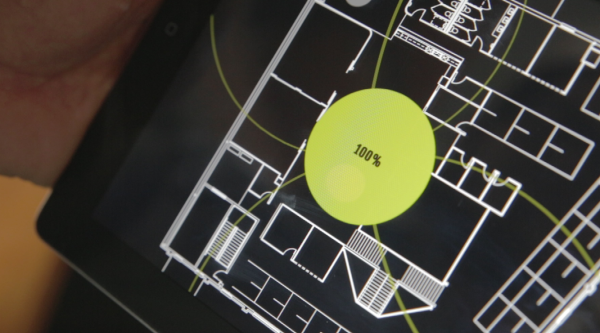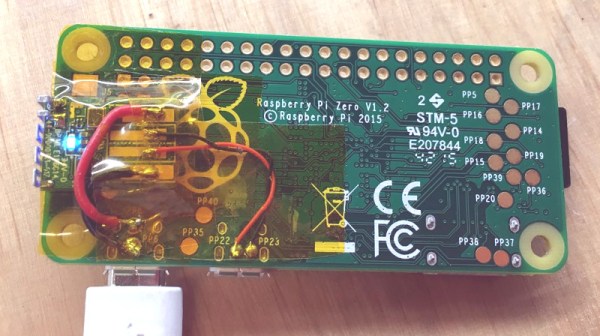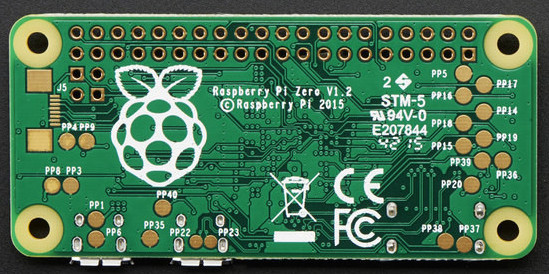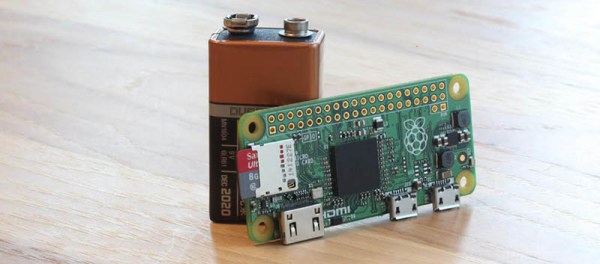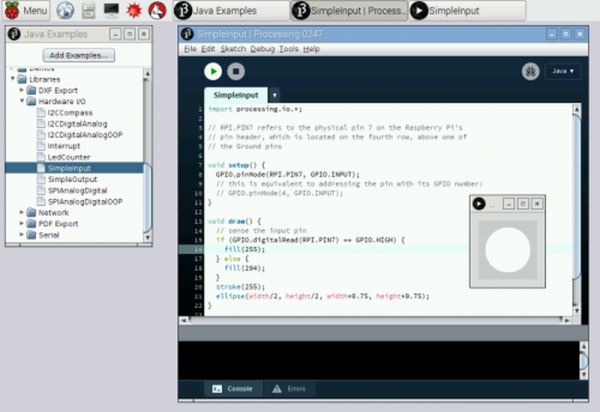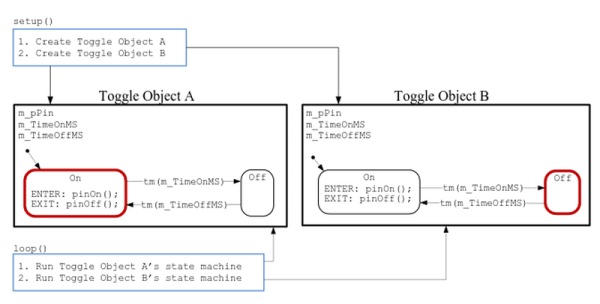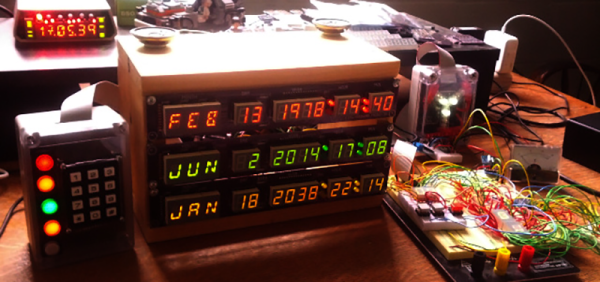[Matt Reed] works at a pet friendly work-space, where his pooch called [Bean] loves to wander around and disappear. She’s not getting in trouble, but nonetheless, [Matt] worries about her. So he took the creepy stalker route and put a beacon on her collar to track her every move.
He’s using a small BLE beacon that will poll a signal every second, sending out a unique ID code and a RSSI value (Received Signal Strength Indicator). Normally beacons are placed in a stationary location to help people navigate — but this time, it’s on a moving dog.
In order to better understand [Bean’s] location in the office, [Matt] set up three Raspberry Pi’s with Bluetooth adapters around the office. Using Noble, Node.js listens for the RSSI values and triangulates [Bean’s] position, much like a cellphone can be located using different ping times from cellular towers.
Continue reading “Office Dog Triangulation Keeps Spot Accounted For”

